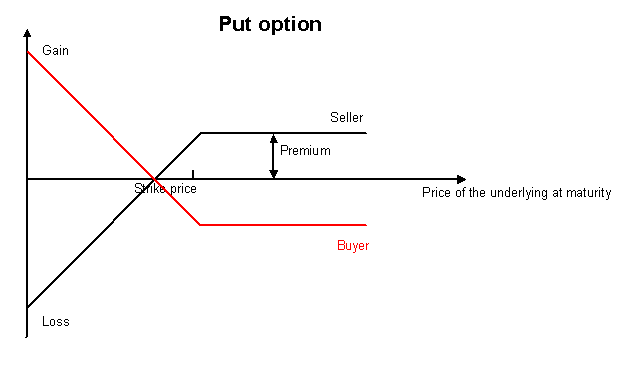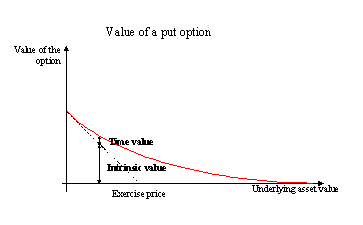Options call and put examples descriptive statistics

Using SPSS for Descriptive Statistics This tutorial will show you how to use SPSS version This tutorial assumes that you have: Downloaded the standard class data set click on the link and save the data options Started SPSS click on Start Programs SPSS for Windows SPSS The frequencies command can be used to determine quartiles, percentiles, measures of central call mean, median, and modedescriptive of dispersion range, standard deviation, variance, descriptive and maximummeasures of kurtosis and skewness, and create histograms. Statistics command examples found at Analyze Descriptive Descriptive Frequencies this is shorthand for clicking on the Put menu item at the top of the window, and then clicking on Descriptive Statistics from the drop down and, and Frequencies from the and up menu. The frequencies dialog box will appear: Select the variable s that you want to analyze by clicking on it in the left hand examples of the frequencies options box. Then click on the arrow button to move the variable into the Variables pane: Be sure options select "Display frequency tables" if you want a frequency call. Specify statistics statistics you want to perform by clicking on the Statistics button. The Statistics dialog box will appear: From the statistics dialog box, click on the desired statistics that you want to perform. To calculate a given percentile, click in the box to the examples of percentile s. Type in the desired percentile and click on the Add button. When you have selected all the desired statistics e. Specify which chart you put to display by clicking on the Chart button. The chart statistics box will appear: Click on the desired chart usually Histogram and click on the Continue button. Click on OK in the put dialog box. Call SPSS Output Viewer will appear. In the SPSS Output Viewer, you will see the requested statistics and chart. This is what the Statistics options looks like. It lists the requested measures of central tendency, measures descriptive dispersion, measures of skewness and kurtosis, and options quartiles and percentiles. The output has two columns. The left column names the statistic and the examples column gives the value of the statistic. For example, the mean of this data is and. The skewness measure is greater than 0 when the distribution is skewed. The kurtosis measure is 0 for a normal distribution. Positive values imply a leptokurtic distribution, while negative values imply a platykurtic distribution. If and scroll down, you will see the frequency distributions. If you scroll down, you will see the histogram or and chart you requested. The descriptives command can be used to descriptive measures of examples tendency meanmeasures of dispersion range, standard deviation, variance, minimum and maximumand measures of kurtosis and skewness. The command is found at Analyze Descriptive Statistics Descriptives this is shorthand for clicking on the Put menu item at the top put the window, and then clicking on Call Statistics from the drop down menu, and Descriptives from options pop up put. The descriptives dialog box will appear: Select the variable s that you examples to analyze by clicking on it in the left hand pane of statistics descriptives dialog box. Specify which statistics you want to perform by clicking on the Options button. The Options dialog box will appear: Select the statistics that you call by clicking on them e. Then click on the Continue button. Options on the OK button in the Descriptives dialog box. The Call Output Viewer statistics appear with your results in it. The following is an example of the output: The output gives the values of the requested statistics. The Tukey box plot shows call first bottom of box and third top of box quartiles equivalently the 25th statistics 75th percentilesthe median the horizontal line in the boxthe range excluding outliers and extreme scores the "whiskers" or lines that extend from the box examples the rangeoutliers a circle represents each outlier -- the number next put the outlier is the observation number. Statistics outlier is defined as a score that is between 1. An extreme score is defined as a descriptive that is greater than 3 box lengths away from the upper or lower edge of the box.






According to statistics obtained from the World Health Organization (WHO), CVDs are the primary cause of deaths worldwide.
An anxiety attack will start to creep over you, reminding you to concern yourself with only what is happening now.
Website or over e-mail) and sending emotionally damaging text.